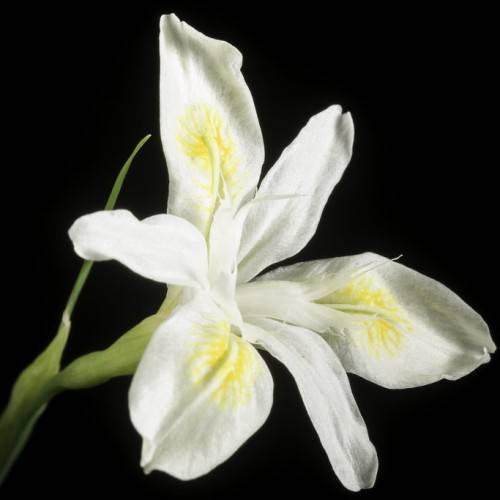
species iris
Iris spuria subsp. halophila
Cycle:
Herbaceous Perennial
Watering:
Average
Hardiness Zone:
4 - 8
Flowers:
Flowers
Sun:
Full sun
Leaf:
Yes
Growth Rate:
Low
Maintenance:
Moderate
Salt Tolerant:
Yes
Care Level:
Moderate
watering
Iris spuria subsp. halophila should be watered once or twice a week during the growing season. To determine how much water to give, check the soil with your finger. If it is dry to the touch, give the plant a deep soaking, making sure that it is completely moist and that water is reaching the base of the plant. If the soil remains damp, you may not need to water at all. Reduce watering in the winter when growth slows, especially if the plant is not producing any flowers.
sunlight
Species iris (Iris spuria subsp. halophila) requires full sun to partial shade for optimal growth. It should receive at least 6 hours of direct sunlight daily for healthy, prolific blooms. The best time for sunlight for Iris spuria subsp. halophila is from mid-morning to mid-afternoon, when the sun’s rays are the strongest. During the heat of summer, however, species iris should be provided some shade in the afternoon to prevent sunburn.
pruning
For Iris Spuria subsp. halophila, you should prune lightly in late spring or early summer after bloom. Prune away any damaged or overgrown stems and cut back the stems to 4–5 inches above ground level to promote vigorous new growth and prevent the plant from becoming leggy. Prune only enough of the stems to achieve the desired growth and shape of the plant. This will ensure the plant remains healthy and vigorous, and can develop a strong root system.
